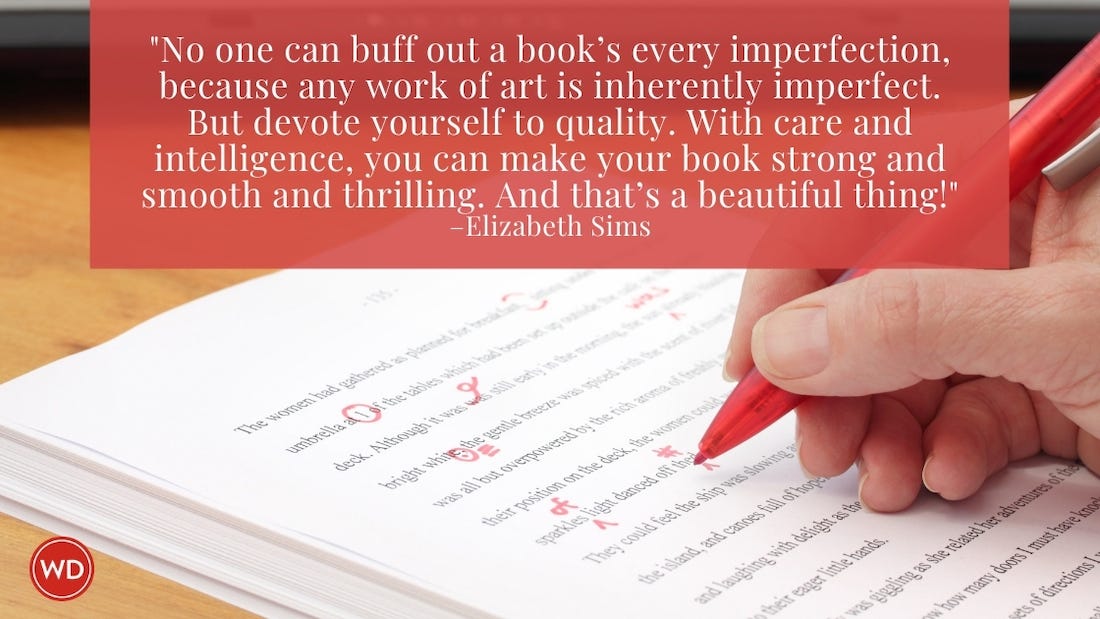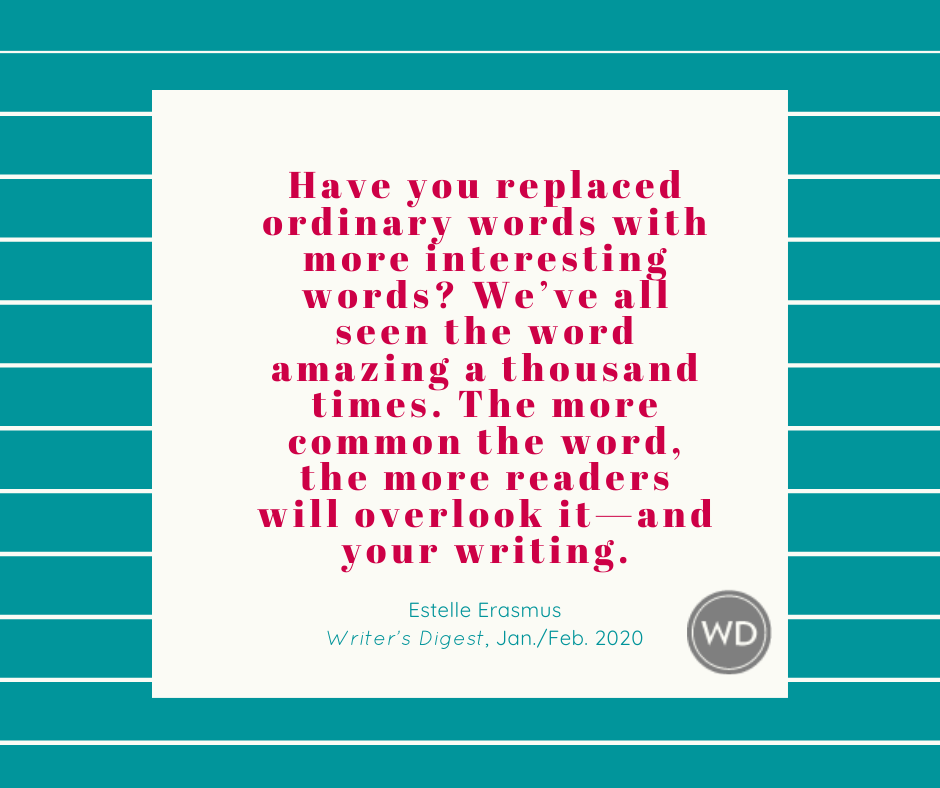Create the (IM)perfect Heroic Couple
How exactly do you go about uniting your hero and heroine? When creating the perfect romantic couple, consider the following. by Leigh Michaels
Romantic heroes and heroines are a bit different from the sort of people we run into every day. These main characters have their flaws, but overall they’re just a little nicer, just a little brighter, just a little quicker, just a little better than real people. They’re allowed their petty moments, but in important matters they take the moral high ground.
Of course, standards vary by category and type of story. The hero of a mainstream stand-alone novel can get by with things the hero of a sweet traditional category romance wouldn’t dream of doing. But even the bad-boy hero will have good aspects to his character, and the reader won’t have to dig too deeply to find them. The chick-lit heroine may have some rough edges, but deep down she’s not the sort to be cruel, even to people who deserve it.
How exactly do you go about uniting your hero and heroine? When creating the perfect romantic couple, consider the following.
1. USE IMPERFECTIONS TO SHOW DEPTH
To be real, your characters have to be imperfect. They must have problems, or no one will be interested in reading about them. But while heroes and heroines have almost certainly created some of their own problems, they haven’t done so out of stupidity or short-sightedness, or the reader will have trouble empathizing. There is usually a good motive—sometimes even a noble one—for the action that leads them into trouble.
The problems the characters face are important to them—life-changing, in fact—but must also be important to the reader. A story about whether Susie can get Joe to improve his table manners isn’t likely to keep the reader on the edge of her chair.
Main characters should grow and change during the course of a story. Since they are facing life-altering problems and situations, it makes sense that these difficulties will change their perspectives, attitudes and outlooks on life. The too-perfect character has no room to grow and mature as he deals with the problems he’s going to be facing. But even in their imperfection, main characters have to remain likeable, even admirable, in order to be worthy of a story.
2. STEER CLEAR OF MEAN
Heroes and heroines are unfailingly kind to those who are less powerful than they are. They are gentle; even if Aunt Agnes incessantly talks about her health, they don’t snap at her or treat her like a nuisance. Heroes and heroines don’t kick the dog no matter how angry they are. And every last one of them has an honorary degree in how to get along with a kid while raising him to be a genius.
Heroes and heroines don’t gossip, and they don’t generally take delight in the troubles of others, even when it’s the Other Woman and she deserves it.
They’re rude only to each other, and even then, they’re not hateful or vicious. Wisecracks and smart remarks are acceptable; cruel taunts are another thing entirely.
Heroes and heroines don’t lie, but they are allowed to be tight-fisted with the truth. The hero, in particular, can be deliberately misleading if his motive in not telling all the facts is to protect the heroine.
3. AVOID ADULTERY
Heroes and heroines don’t commit adultery. They may get divorced, but they do not enter into a new relationship while there is still a legal or moral commitment to a previous partner.
This restriction is largely a matter of common sense. If a person has so little respect for a spouse that he has an affair—whether it’s physical or emotional—with someone new, then it’s difficult to believe that he would be any more faithful to the new love.
To a lesser degree, the same rule applies to other emotional commitments. A heroine who is engaged is most likeable if the engagement is broken off as soon as she recognizes the attraction to the new partner.
Whether the previous relationship was ended by a divorce, a broken engagement, a jilting or a partner’s death, the character does not enter a new relationship until there has been adequate time to heal. Rebound relationships often don’t last in real life, and they’re not convincing in fiction.
The length of time needed to recover will depend on the nature of the relationship. It will take much longer to grieve the death of a partner in a solid marriage than it will to get over a steady date who suddenly decided he wanted to see other women.
4. BALANCE THE RELATIONSHIP
Main characters who are similar in style, in the amount of power they have over their situation, and in their degree of outspokenness create a nice balance in the structure of the romance. That doesn’t mean they should act the same, or that they must be equal in every way—just that they should both have areas and times where they’re stronger.
If the hero has the heroine completely under his thumb, where she’s helpless to act or to put him in his place, then he may look more sadistic than heroic. Pairing a heroine who’s an in-your-face screamer with a hero who’s the silent type may make the heroine look like a verbal abuser. A hero who makes patronizing remarks about a heroine who simply absorbs the insults is annoying, but if she’s able to talk back to him in the same sort of way, they’re in proportion. (They may both be annoying in that case, but at least the reader can be equally annoyed.)
If one of your characters has a great deal of power over the other, look for ways to even up the competition. The romance is far more satisfying when the power between the characters is like a teeter-totter—sometimes she’s on the high end, sometimes he is, but the reader doesn’t know from minute to minute who’s going to have the upper hand.
Excerpted from On Writing Romance © 2007 by LEIGH MICHAELS, with permission from Writer’s Digest Books.
This article appeared in the May/June issue of Writer's Digest.Click here to order your copy in print. If you prefer a digital download of the issue, click here.
Leigh Michaels is the author of On Writing Romance.








